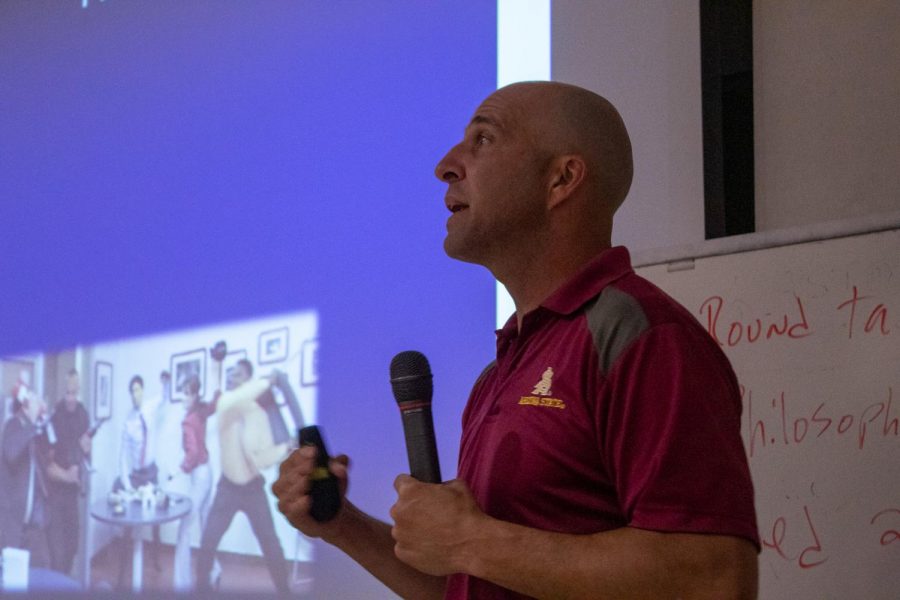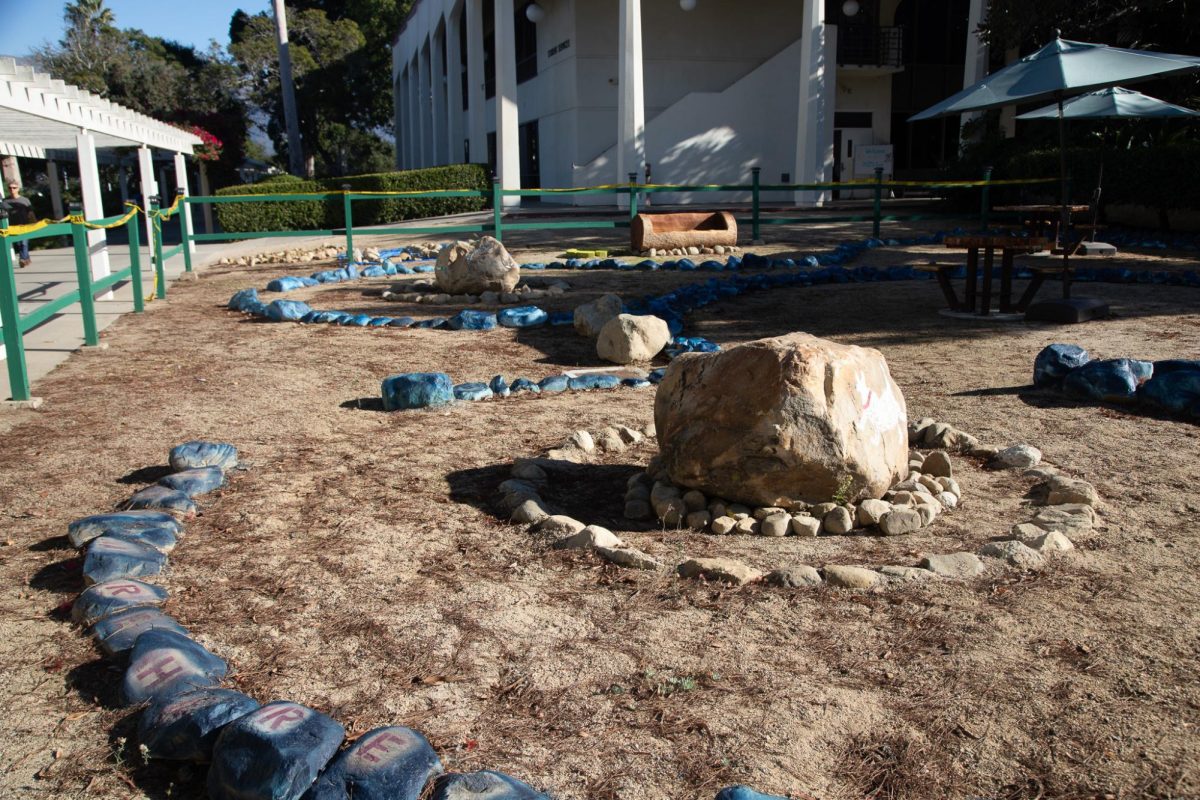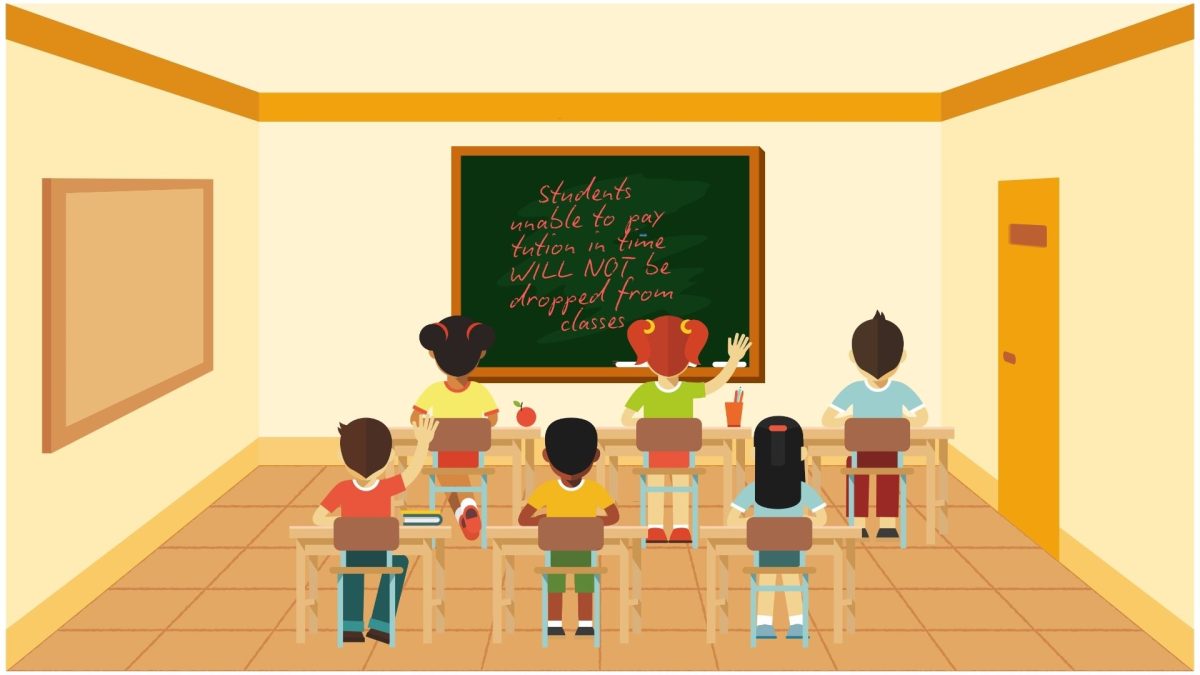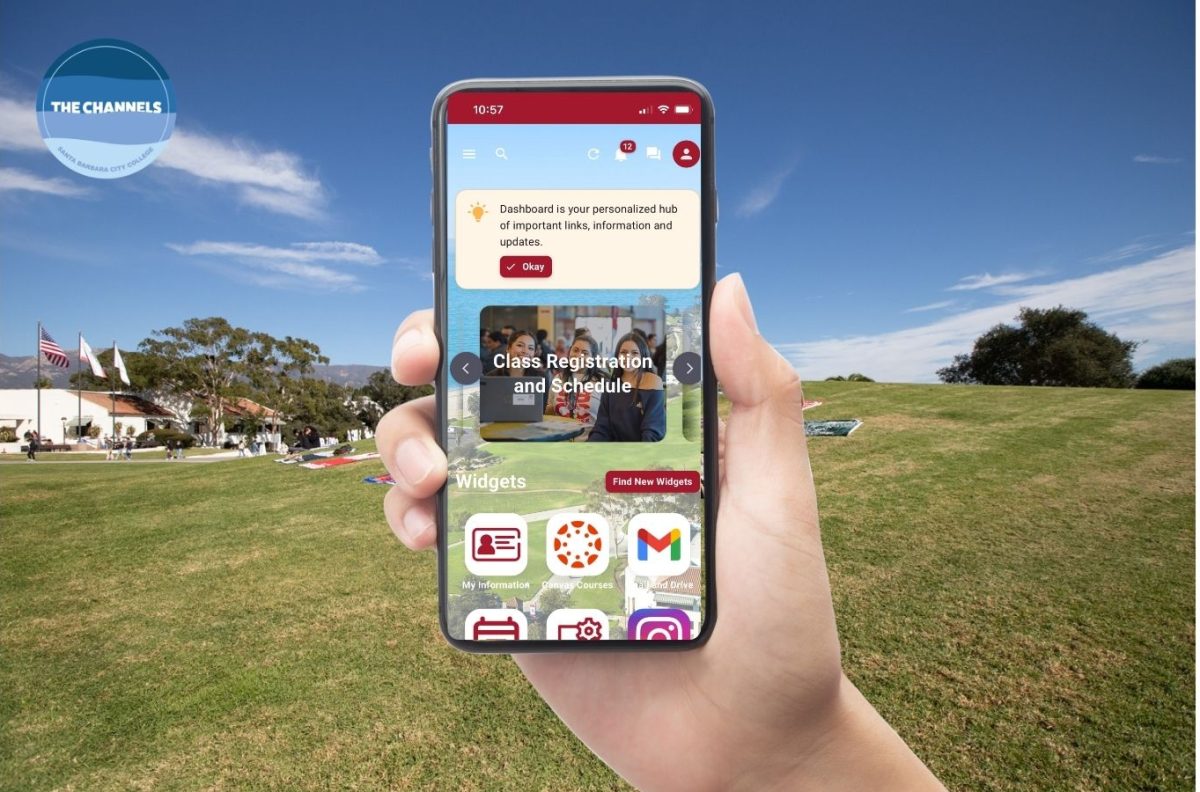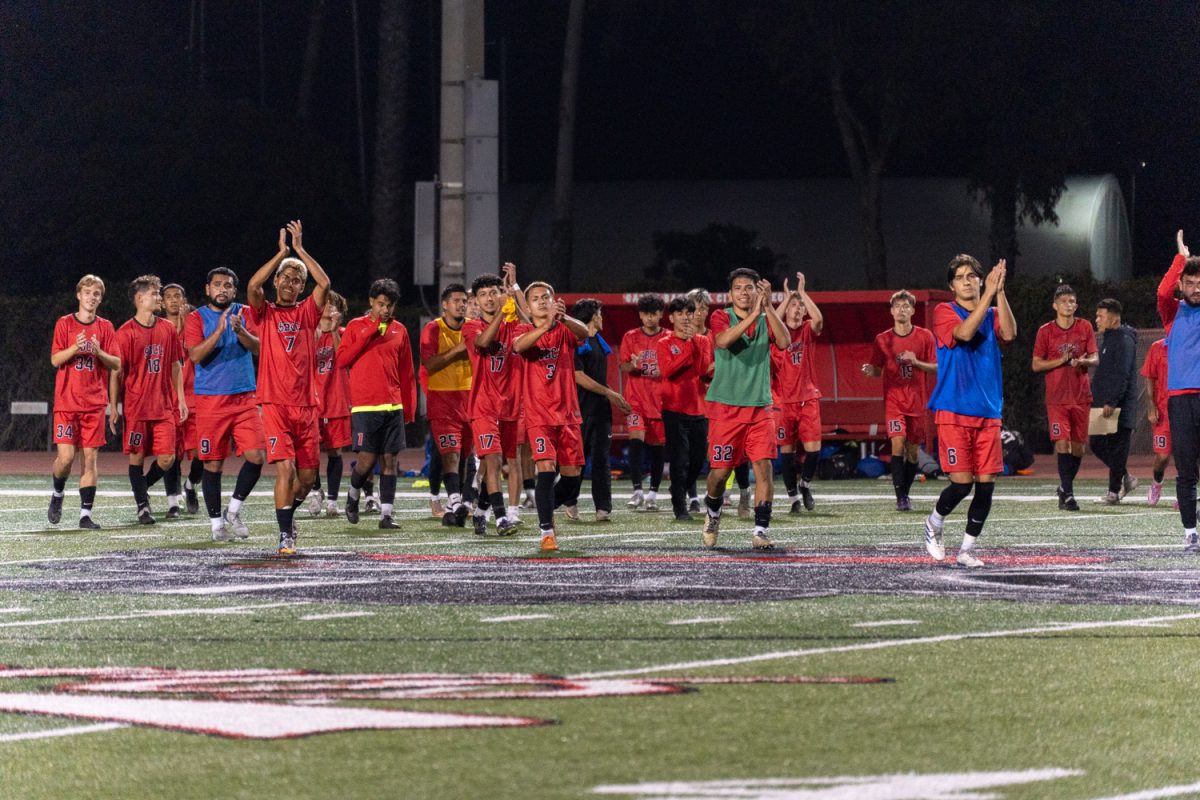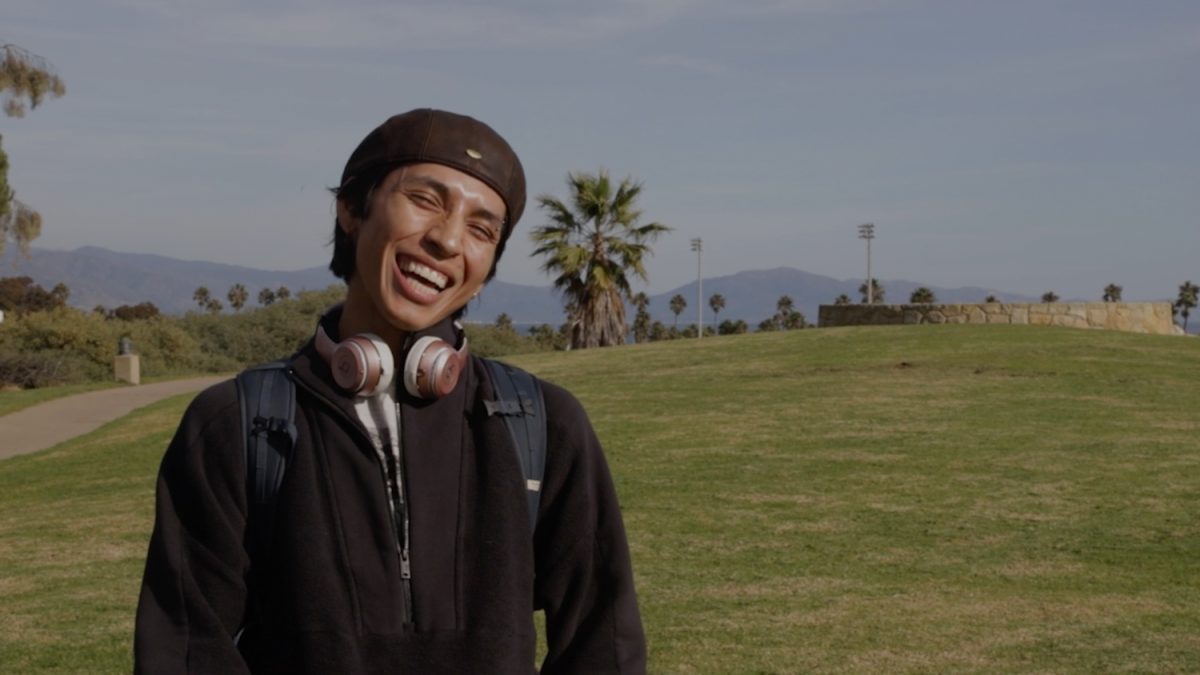Following the false alarm of an armed intruder on campus on Oct. 30, Lt. Shawn Hill from the Santa Barbara Police Department gave a presentation to City College students, staff and faculty Tuesday to discuss what to do if an active shooter was on campus.
Hill started the discussion by explaining the definition of an active shooter to the packed room of attendees.
While a mass shooting involves four or more casualties, an active shooter is an individual “actively engaged in killing or attempting to kill people in a populated area.”
Hill also said a distinction from a mass shooting is that an active shooter is “killing indiscriminately.”
“[Active shooters] generally just want to cause a lot of damage,” Hill said.
Hill discussed data and statistics about active shootings in recent years. In 2018, there were 27 active shooter incidents in 16 states. Among these incidents, 85 people were killed.
“There’s several minutes in between [the incident starting and law enforcement arriving] that everybody in this room needs to be armed with information to do everything you can do to help yourselves and the people around you,” Hill said. “This plan is scary to think about.”
According to data from the FBI, most active shooter incidents happen in areas of commerce or schools. 43.7% of active shooter incidents from 2000 to 2018 occurred in areas of commerce and 20.6% of these incidents happened in schools.
When confronted with an active shooter situation, Hill said to utilize the “run, hide or fight” method. Many students and staff have responded to the “RUN HIDE FIGHT!” message sent on Oct. 30, saying it was very alarming.
However, Hill said that while there are other methods and acronyms used by different organizations, this is the simplest and most straightforward.
“I want to use plain, simple language in a plain, simple plan,” Hill said.
These tools can be different for each person and interchanged depending on the current situation.
Hill said it is important for people to determine their strengths and what would be the best thing for them to do while remaining prepared for any option.
If gunshots can be heard, Hill said an opportune time to run would be during a lull or pause in the gunshots, if the environment looks safe to do so.
Hill also suggested that students or staff pay attention to the areas on campus that they spend most of their time to be prepared to hide or barricade in an active shooter situation.
Similarly, he suggested taking some time to think about how one would most feel comfortable fighting someone if they needed to fight an active shooter.
“Don’t go looking for an active shooter, just be prepared if one does find you,” Hill said.
Throughout the presentation, Hill emphasized that there is no one specific way to face an active shooter situation. Hill advised people that they ultimately need to use their judgment to make decisions best suited to the person and the situation.
“This is meant to spark a conversation,” Hill said. “This is a societal problem.”
Hill urged the audience to take the information from the presentation back to their classes or colleagues to have a conversation and form a plan for this type of incident.
“It doesn’t matter if your plan is the best plan, just have a plan,” Hill said.


